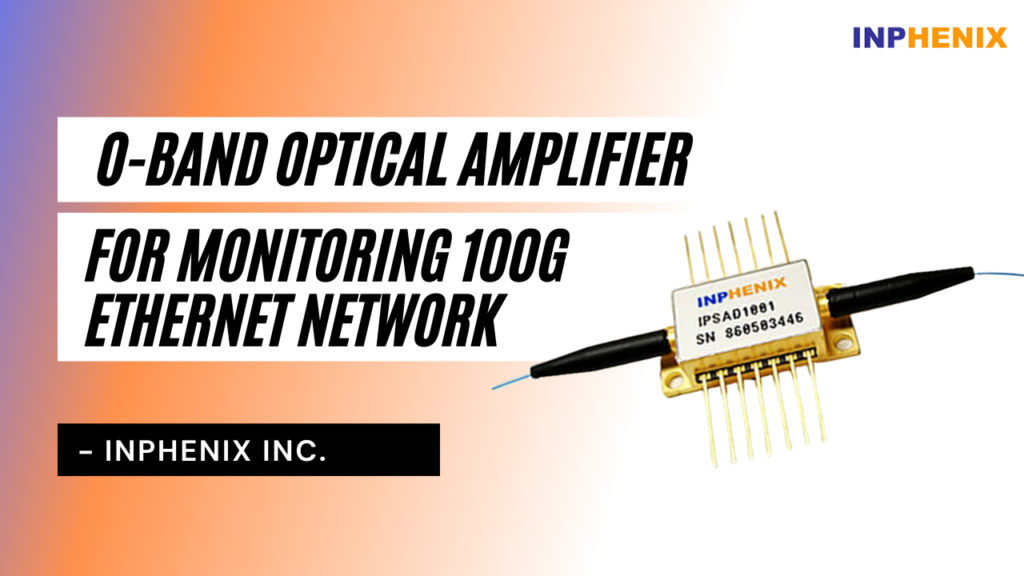
No one can deny that optical fiber communication has become an essential part of modern telecommunication networks. This blog is intended to explain the most effective way to transfer and switch information streams across optical fiber networks, as well as to learn how o-band amplifiers in fiber optic telecommunication networks improve the results.
In conventional single-mode fiber-based networks, 1310 nm SOAs (Semiconductor Optical Amplifiers) provides high-speed transmission over a 40-250 km metro range without dispersion correction or data loss. This is critical for access and metro systems, where the expense of the system is shared by a small number of users.
Furthermore, fiber-based transmission systems and all-optical signal processing approaches have piqued the interest of researchers. As a result, several features were achieved by adjusting optical signals purely in the optical domain, hence avoiding optical-electrical-optical conversions in routing nodes.
The development of in-house O-band amplifier networks is a goal for future optical communication improvement. Such networks based on simple optical fiber, such as polymer optical fiber, would enable the effective delivery of network services in homes or offices. The technique for delivering radio signals across polymer optical fiber has already been developed and tested.
However, the increasing demand for various internet services has necessitated the need for detailed network monitoring, which includes traffic monitoring, data packet inspection, defect detection, and so on. Fortunately, an O-band amplifier is useful at this moment.
The o-band optical amplifier regenerates or strengthens the mirrored signals, which are then split by the splitter. Some of the primary advantages of using an O-band amplifier in network monitoring are listed below.

The benefits of using an o-band amplifier for monitoring 100G Ethernet include excellent reliability and minimal service downtime. Furthermore, the optical TAP (Test Access Point) used for monitoring is a passive optical power splitter with a low failure rate. This will reduce the risk of failure in the long run. Additionally, maintenance or failure of the mirrored link has no effect on the primary link’s service.
As a result, the following are the top five benefits of an O-band Amplifier:
1. It has a high level of reliability in network monitoring.
2. O-band optical amplifiers have a low service downtime.
3. The optical TAP (Test Access Point) employed in monitoring is a discrete optical power splitter with a low failure rate.
4. Maintenance or failure of the mirrored link has no effect on the primary link’s service.
5. All of these elements will gradually reduce the chance of network failure.
It is critical to remember that optical communication research and applications are primarily concerned with the end-user. However, the critical constraint here is the expense of network infrastructure, which is shared by a small number of users compared to long-haul networks. As a result, the O-band amplifier network solutions used must provide high-quality services while being cost-effective.
Furthermore, transmission systems based on the 1310 nm wavelength domain should be used parallel with the existing 1550 nm wavelength domain-based transmission. This will enable more efficient use of the current fiber infrastructure. This technique is especially important in highly populated areas where high fiber installation costs.
In addition to these limitations, network monitoring is a critical issue that must not be overlooked. However, all of these constraints can be overcome by employing an o-band amplifier in the monitoring of 100G Ethernet, as explained above.
To see the all features of O-band amplifier in detail, check our blog: Features of O-band Amplifier
Inphenix is a light source manufacturing company based in the United States that specializes in a range of optical devices such as swept-source lasers, distributed feedback lasers, gain chips, Fabry Perot lasers, and VCSELs. Our products are cutting-edge, affordable, and compatible with a wide range of devices.
